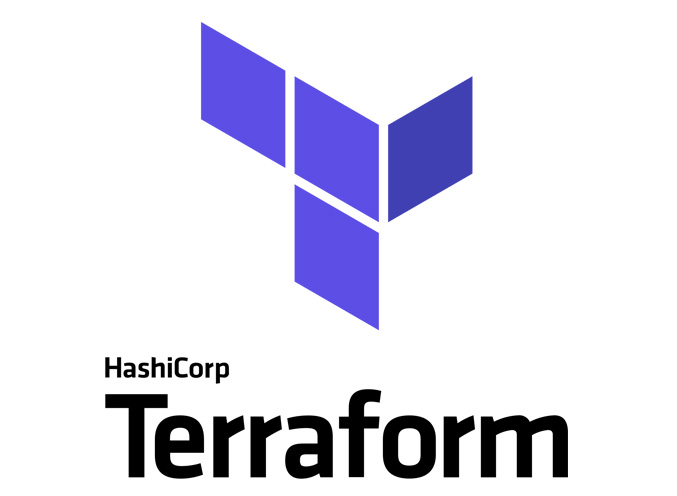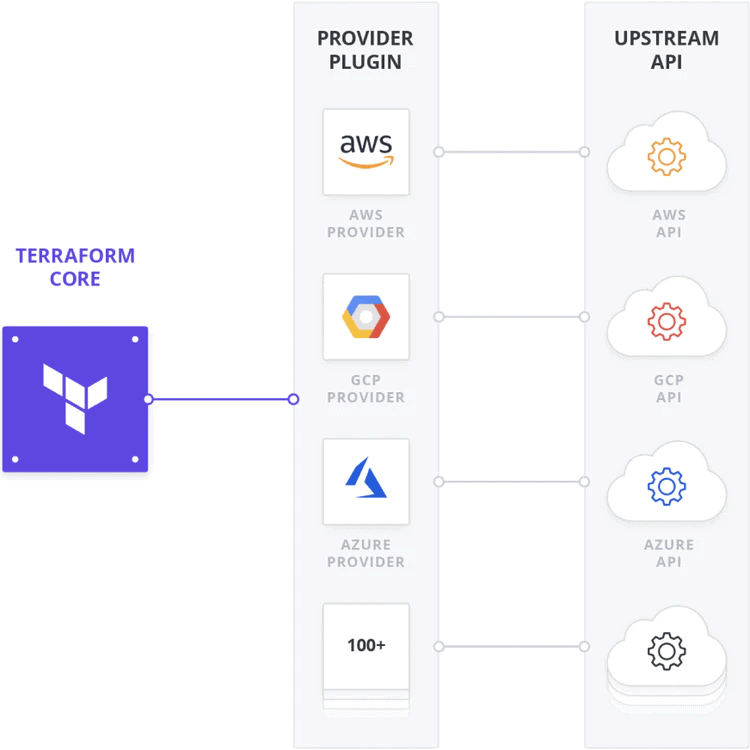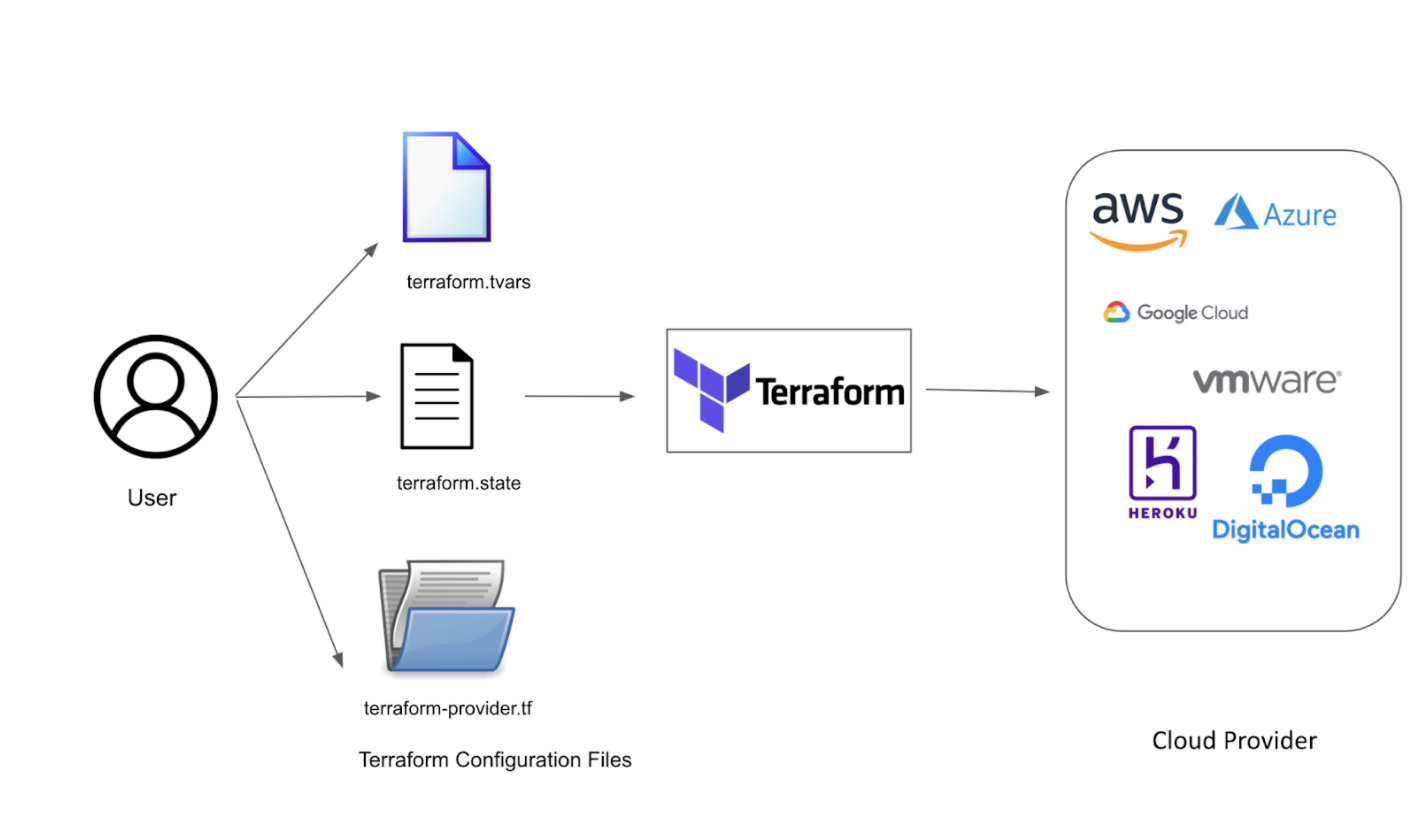Understanding Terraform Providers: A Key Concept
 Amish Kohli
Amish Kohli
In the realm of Terraform, providers play a pivotal role in connecting your infrastructure definitions with the underlying resources in various cloud platforms or other infrastructure systems. To wield the full power of Terraform, it's essential to grasp the concept of providers and how they facilitate the management of resources across different environments.
What are Terraform Providers?
Terraform providers are plugins that interface with APIs of infrastructure platforms, allowing Terraform to create, modify, and delete resources. In simpler terms, providers act as connectors between Terraform and the target infrastructure, enabling a seamless flow of instructions.

Key Characteristics of Providers:
Declarative Configuration:
With Terraform, you declare the desired state of your infrastructure using HashiCorp Configuration Language (HCL). Providers translate these declarations into API calls to provision and manage resources.
Resource Types:
Providers offer a variety of resource types that represent different infrastructure components such as virtual machines, databases, networks, and more. For example, in AWS, you might have resource types like
aws_instance,aws_s3_bucket, etc.Provider Blocks:
In your Terraform configuration, you specify the provider and its configuration using a
providerblock. Here's an example with AWS:provider "aws" { region = "us-west-2" }In this block, the
awsprovider is configured to operate in theus-west-2region.

Working with Terraform Providers:
1. Declaring Providers:
Begin by declaring the provider you want to use in your Terraform configuration. The provider block is typically placed at the top of your configuration file.
provider "aws" {
region = "us-east-1"
}
In this example, we're declaring the AWS provider with the specified region.
2. Resource Configuration:
Once the provider is declared, you can use resource blocks to define the infrastructure components you want to create. Here's an example creating an AWS S3 bucket:
resource "aws_s3_bucket" "my_bucket" {
bucket = "my-unique-bucket-name"
acl = "private"
}
In this block, aws_s3_bucket is the resource type, and my_bucket is the resource name.
3. Provider Versioning:
It's good practice to specify the version of the provider you're using. This ensures compatibility and avoids unexpected behavior due to provider updates.
provider "aws" {
region = "us-east-1"
version = "~> 2.0"
}
In this example, the provider version is set to be compatible with version 2.0 and above.
Provider Configuration Options:
Providers often have configuration options that can be customized based on your needs. For example, an AWS provider might require access and secret keys for authentication. These can be specified in the provider block or through environment variables.
provider "aws" {
region = "us-east-1"
access_key = "your-access-key"
secret_key = "your-secret-key"
}
Conclusion:
Understanding Terraform providers is fundamental to harnessing the full power of Infrastructure as Code. Providers serve as the bridge between your declarative infrastructure definitions and the actual resources in your chosen platform.
In the next blog post, we'll explore advanced features of Terraform providers, including data sources, provider aliases, and strategies for managing multiple environments. Stay tuned for a deeper dive into the intricate world of Terraform providers!
Subscribe to my newsletter
Read articles from Amish Kohli directly inside your inbox. Subscribe to the newsletter, and don't miss out.
Written by
